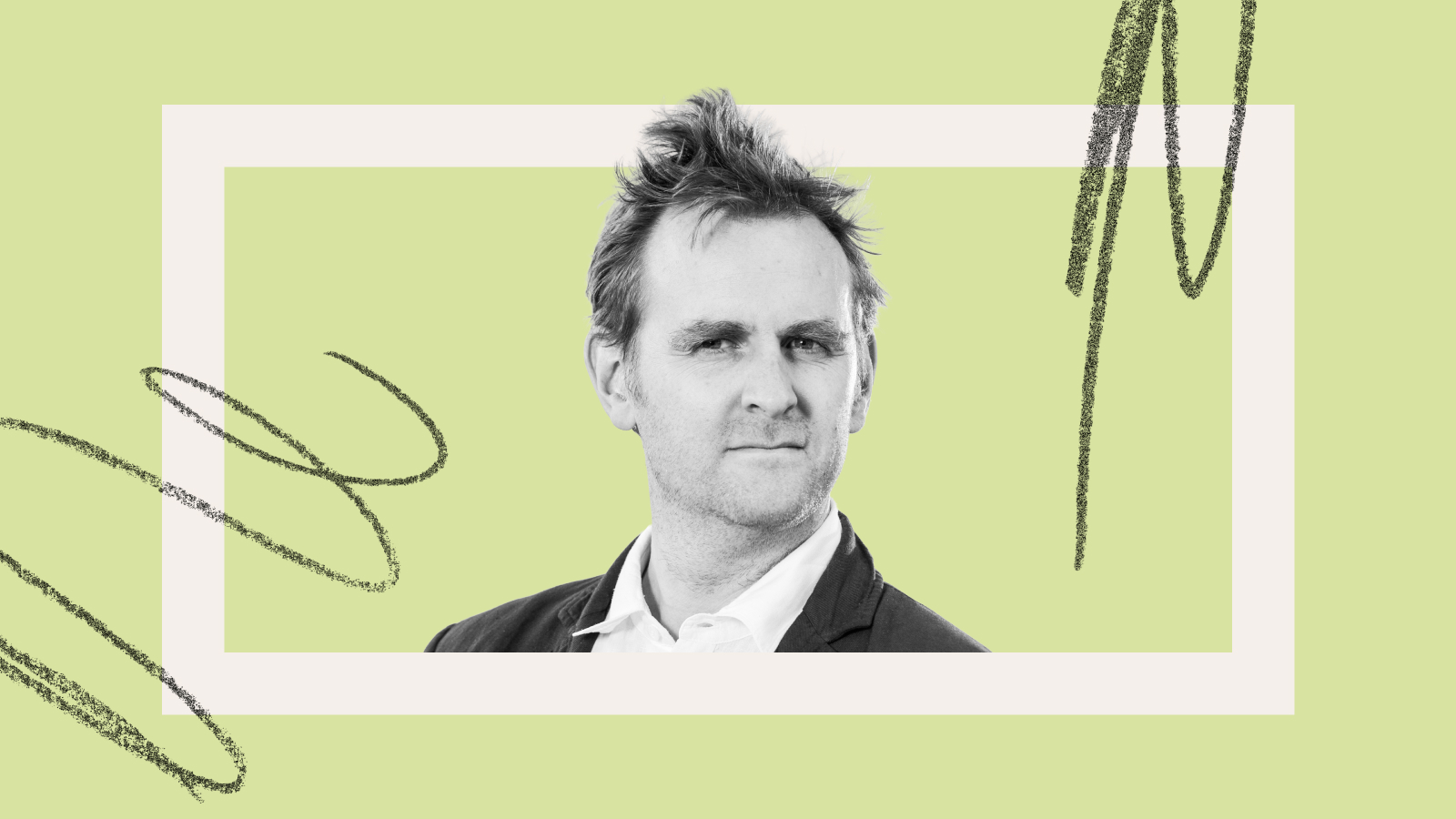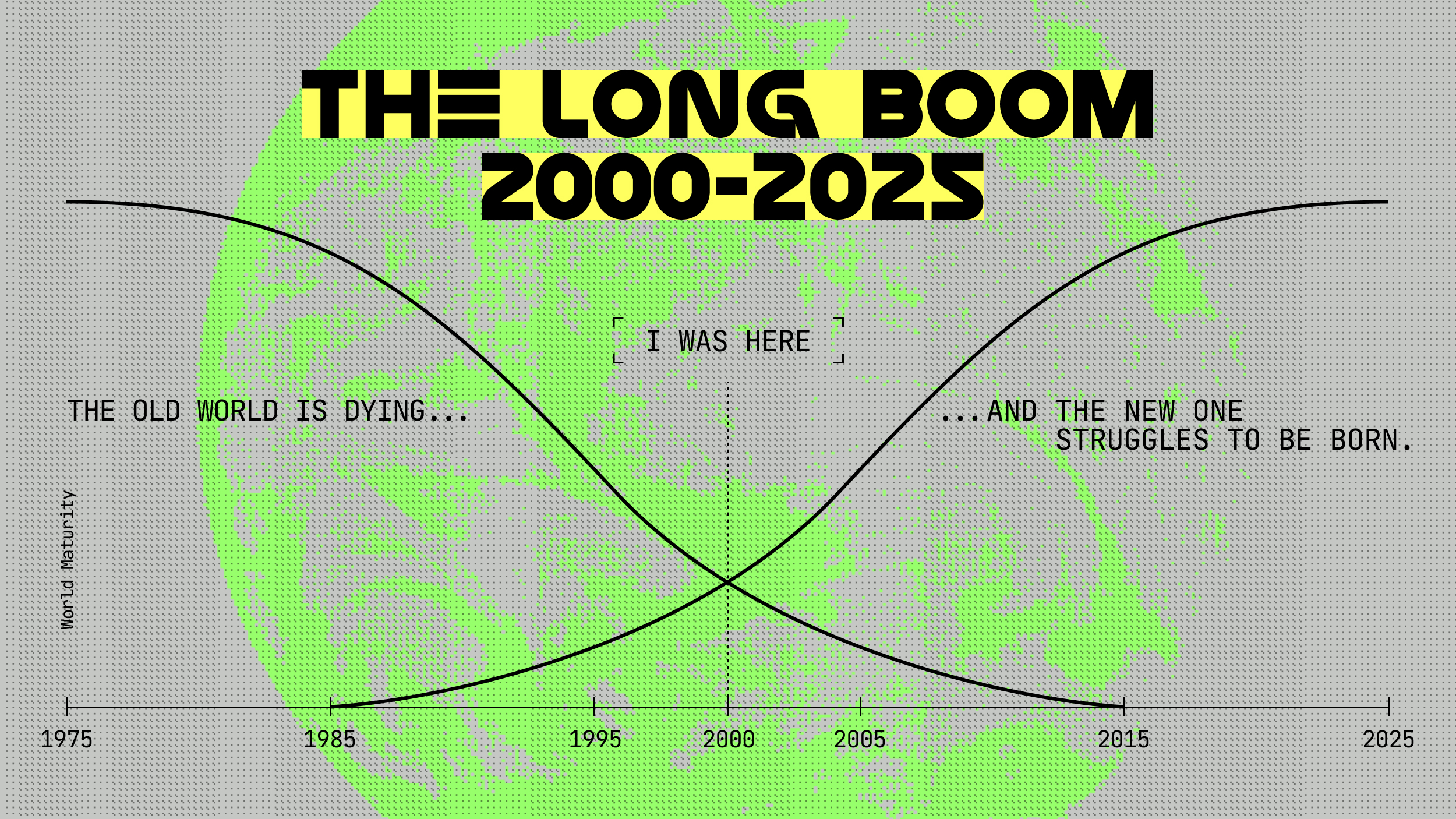Remnick talks about the twin influences of Bob Dylan and Philip Roth.
Question: What writers inform your work?
David Remnick: And it’s a very corny, and very indicative of the time, and place, and music that I grew up in and around. When I was a kid, and I mean really young kid, late ‘60s and into the ‘70s, the god of my existence was Bob Dylan. For all sort of smartish kids of that time, that’s who you cleaved to if you weren’t a Beatles fan. The Rolling Stones were just to dance to.
And if you listened to those songs, and if you sort of paid any attention to the references, he then made reference to this poet or that poet, whether it was a contemporary like Allen Ginsberg or somebody like Rambo. And then you would go out and buy these books and try to make sense of them because they meant something to him. And then after you got over the star worship of merely that guy, you started to read. It had nothing to do with school. It had nothing to do with anything other than this.
That’s how it started with me.
I was not a particularly religiously oriented kid, despite my parents’ best efforts.
The other really serious writer that meant everything to me and means a lot to me this day is Philip Roth. Also you know Philip Roth would have been my father had Philip Roth not been a literary intellectual but rather an orthodontist in North Jersey. Do you see? I mean he would have moved from Newark and found his way toward Bergen County.
Question: Which of Philip Roth’s books resonates most?
David Remnick: It depends on what age. I think that in his sixties and seventies he becomes an even stronger writer, a wilder writer, a writer at a different height. And this begins for me with “The Counterlife”, and then “Sabbath’s Theater”, and these “American Trilogy” novels that everybody knows well.
Every single one of them is not as good as the other, but it comprises a kind of late in life peak that usually is not possible.
Most writers, most artists have, if they’re lucky, 10, 15 years of peak creative experience. Roth had had that already. And then against all odds, he had something else. It’s very, very rare. Usually what happens is that writers or artists late in life can’t match the profundity with the physical and mental energy that is required to make use of that. And so somebody like Verdi, or Rembrandt, is the exception, not the rule.
Recorded on Jan 7, 2008





